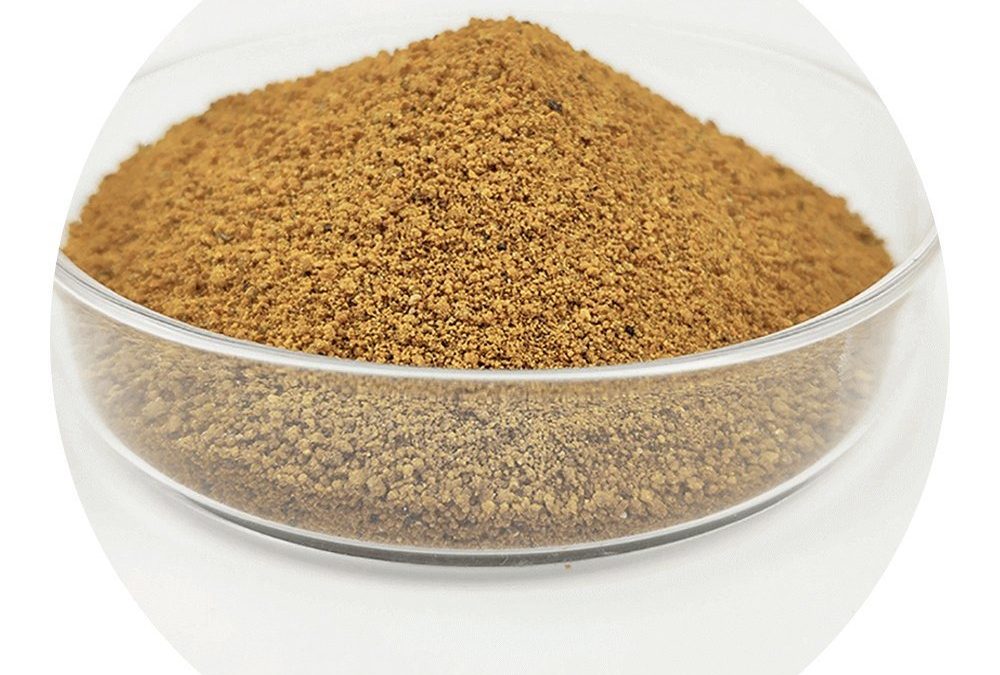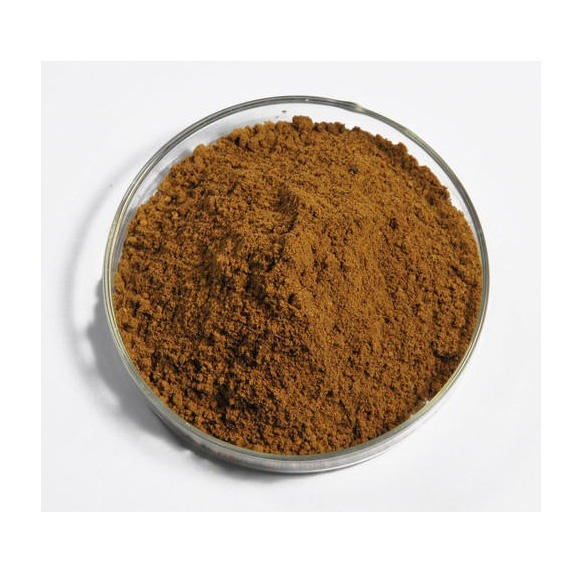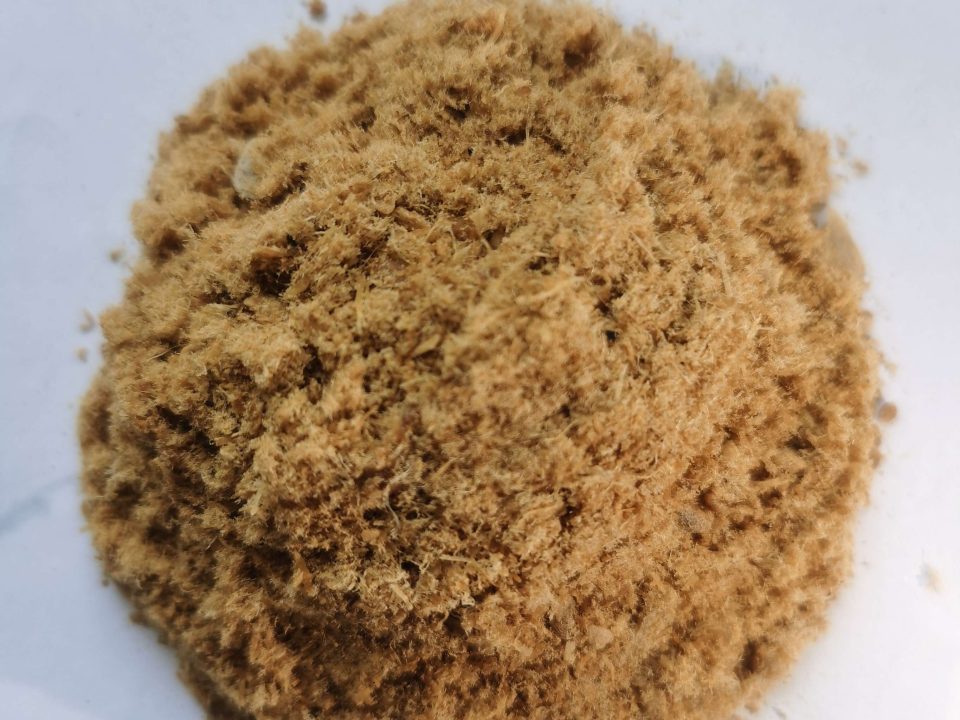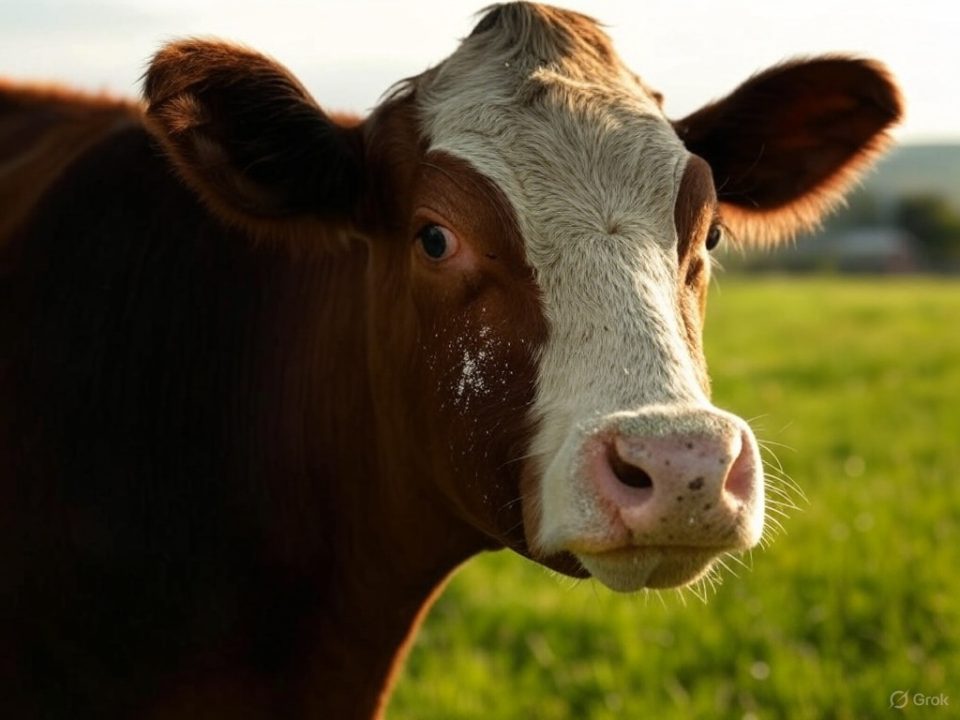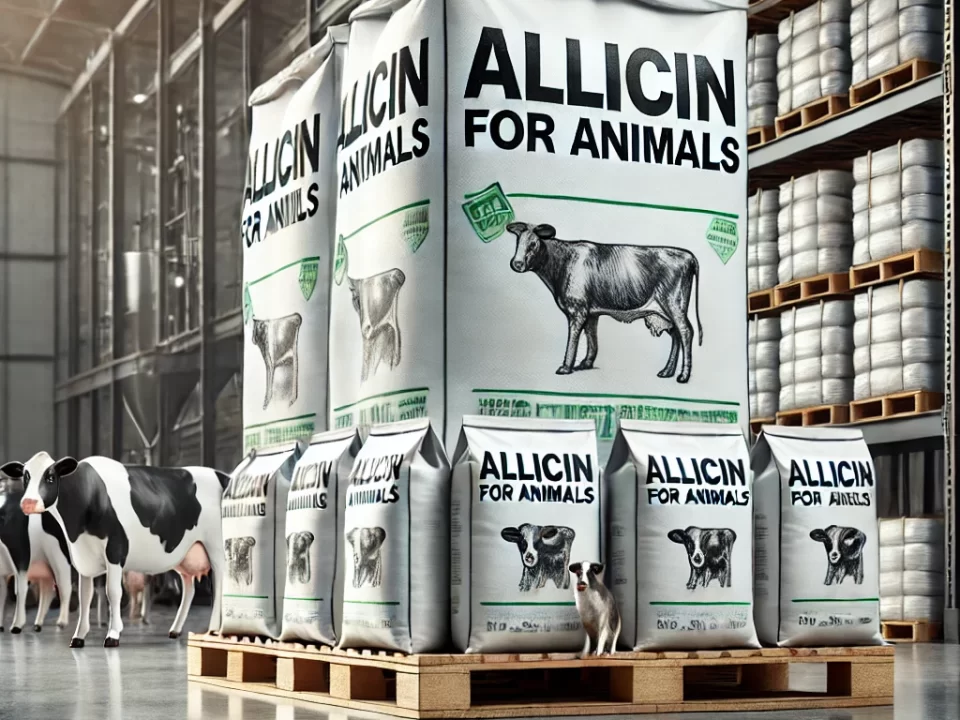Application Effects of Soybean Meal and Chicken Meal in Aquaculture Feed

Advantages and Application Value of Chicken Meal in Animal Feed
March 26, 2025Application Effects of Soybean Meal and Chicken Meal in Aquaculture Feed: Performance, Nutrition, and Sustainability
Abstract
The aquaculture industry increasingly relies on alternative protein sources like soybean meal (SBM) and chicken meal (CM) to replace fishmeal (FM), driven by sustainability concerns and rising FM costs. This article explores the application effects of SBM and CM in aquaculture feed, focusing on growth performance, feed utilization, physiological responses, and environmental impact across species such as tilapia, shrimp, and salmon. Experimental data, presented in detailed tables, compare substitution levels (0–100%) of FM with SBM and CM, assessing parameters like specific growth rate (SGR), feed conversion ratio (FCR), and protein efficiency ratio (PER). The study highlights the nutritional benefits, limitations (e.g., anti-nutritional factors in SBM), and practical strategies to optimize their use, offering a comprehensive guide for feed formulation as of March 22, 2025.
1. Introduction
Aquaculture is the fastest-growing food production sector, meeting global protein demands as wild fish stocks decline. Traditionally, fishmeal has been the cornerstone of aquafeeds due to its high protein content and balanced amino acid profile. However, its limited supply and escalating costs—often exceeding $1500/ton—have pushed the industry toward alternatives like soybean meal and chicken meal. SBM, derived from soybeans, offers a plant-based protein source rich in lysine, while CM, a poultry by-product, provides high digestibility and essential amino acids like methionine. Both are cost-effective and widely available, with SBM at $400–$600/ton and CM at $700–$900/ton in 2025.
This article evaluates the efficacy of SBM and CM in aquaculture feeds, examining their impact on growth, health, and sustainability. It includes comparative analyses with FM, detailed nutritional profiles, and practical recommendations for optimizing their inclusion across freshwater and marine species.
2. Nutritional Profiles
Table 1 compares the nutritional composition of FM, SBM, and CM, critical for understanding their substitution potential.
| Component | Fishmeal (FM) | Soybean Meal (SBM) | Chicken Meal (CM) |
|---|---|---|---|
| Crude Protein (%) | 65–70 | 44–48 | 60–65 |
| Crude Fat (%) | 8–12 | 1–2 | 10–15 |
| Lysine (%) | 4.8–5.2 | 2.8–3.0 | 3.5–4.0 |
| Methionine (%) | 1.8–2.0 | 0.6–0.7 | 1.5–1.7 |
| Phosphorus (%) | 2.5–3.0 | 0.6–0.7 | 1.8–2.2 |
| Anti-Nutritional Factors | None | Trypsin Inhibitors, Saponins | None |
2.1 Soybean Meal
SBM contains 44–48% crude protein, making it a viable FM substitute, especially for omnivorous species like tilapia. However, its lower methionine content and presence of anti-nutritional factors (ANFs) like trypsin inhibitors and oligosaccharides can reduce digestibility and cause gut inflammation in carnivorous fish.
2.2 Chicken Meal
CM, with 60–65% protein, closely mimics FM’s amino acid profile, offering high methionine and phosphorus levels. Its animal origin ensures better digestibility, but variable quality (e.g., ash content) and ethical concerns about terrestrial animal use in aquafeeds pose challenges.
| Inspection Items | Standard | Result |
| Protein | 62% Min | 62.45% |
| Fat | 13.0% Max | 7.3% |
| Moisture | 9.0% Max | 8.22% |
| Ash | 15% Max | 15.0% |
| Pepsin Digestibility | 88% Max | 89% |
3. Experimental Design
Trials assessed SBM and CM effects by replacing FM at 0%, 25%, 50%, 75%, and 100% in isonitrogenous (35% protein) diets. Species included tilapia (Oreochromis niloticus), shrimp (Penaeus monodon), and salmon (Salmo salar), fed for 8 weeks under controlled conditions (28°C for tilapia/shrimp, 12°C for salmon).
4. Application Effects
Table 2 summarizes performance metrics across species at varying substitution levels.
| Species | Substitution (% FM) | Protein Source | SGR (%/day) | FCR | PER |
|---|---|---|---|---|---|
| Tilapia | 0 | FM | 2.5 | 1.4 | 2.0 |
| 50 | SBM | 2.4 | 1.5 | 1.9 | |
| 100 | SBM | 2.1 | 1.7 | 1.6 | |
| 50 | CM | 2.5 | 1.4 | 2.0 | |
| 100 | CM | 2.3 | 1.5 | 1.8 | |
| Shrimp | 0 | FM | 3.0 | 1.3 | 2.2 |
| 50 | SBM | 2.9 | 1.4 | 2.1 | |
| 100 | SBM | 2.5 | 1.6 | 1.8 | |
| 50 | CM | 3.0 | 1.3 | 2.2 | |
| 100 | CM | 2.8 | 1.4 | 2.0 | |
| Salmon | 0 | FM | 1.8 | 1.2 | 2.5 |
| 50 | SBM | 1.6 | 1.4 | 2.2 | |
| 100 | SBM | 1.3 | 1.7 | 1.8 | |
| 50 | CM | 1.7 | 1.3 | 2.4 | |
| 100 | CM | 1.6 | 1.4 | 2.3 |
4.1 Tilapia (Omnivorous)
SBM at 50% substitution maintains SGR (2.4%/day) and FCR (1.5) close to FM, but 100% substitution reduces performance due to ANFs. CM performs better, with 100% substitution yielding an SGR of 2.3%/day, suggesting higher tolerance to animal-based proteins.
4.2 Shrimp (Omnivorous/Carnivorous)
Shrimp tolerate 50% SBM (SGR 2.9%/day) and 100% CM (SGR 2.8%/day) well, reflecting their adaptability. High SBM levels increase FCR (1.6), indicating reduced feed efficiency.
4.3 Salmon (Carnivorous)
Salmon show sensitivity to SBM, with SGR dropping to 1.3%/day at 100% substitution due to gut inflammation from ANFs. CM performs better (SGR 1.6%/day at 100%), though still below FM’s 1.8%/day.
5. Physiological Responses
Table 3 highlights physiological effects at 100% substitution.
| Species | Protein Source | Gut Health | Liver Enzyme (ALT, U/L) | Antioxidant Capacity (SOD, U/mg) |
|---|---|---|---|---|
| Tilapia | SBM | Mild Inflammation | 45 | 120 |
| Tilapia | CM | Normal | 38 | 130 |
| Shrimp | SBM | Moderate Inflammation | 50 | 115 |
| Shrimp | CM | Normal | 40 | 125 |
| Salmon | SBM | Severe Inflammation | 60 | 100 |
| Salmon | CM | Mild Inflammation | 45 | 110 |
5.1 Gut Health
SBM causes inflammation, especially in carnivorous salmon, due to ANFs. CM maintains better gut integrity across species.
5.2 Liver Function
Elevated ALT levels with SBM (e.g., 60 U/L in salmon) indicate liver stress, while CM keeps levels closer to FM baselines (e.g., 45 U/L).
6. Comparative Analysis
Table 4 compares SBM and CM against FM at 50% substitution.
| Parameter | FM | SBM | CM |
|---|---|---|---|
| Cost ($/ton) | 1500 | 500 | 800 |
| Protein Digestibility (%) | 90 | 80 | 88 |
| Growth Impact (SGR %) | Baseline | -5 to -10 | -2 to -5 |
| Environmental Footprint (CO₂e/kg) | 3.5 | 1.2 | 2.0 |
6.1 Cost and Efficiency
SBM’s lower cost ($500/ton) offers economic advantages, but its 80% digestibility lags behind CM (88%) and FM (90%). CM balances cost and performance better.
6.2 Sustainability
SBM’s plant origin results in a lower carbon footprint (1.2 kg CO₂e/kg) compared to CM (2.0 kg) and FM (3.5 kg), aligning with eco-friendly goals.
7. Optimization Strategies
- SBM Processing: Fermentation reduces ANFs, increasing SBM inclusion to 60–75% without growth loss.
- Amino Acid Supplementation: Adding methionine and lysine to SBM diets compensates for deficiencies.
- CM Quality Control: Ensuring low ash content (<15%) enhances digestibility.
- Blended Diets: Combining 30% SBM and 20% CM optimizes cost, nutrition, and sustainability.
8. Challenges
- SBM ANFs: High levels impair digestion in carnivores.
- CM Variability: Inconsistent quality affects performance.
- Regulatory Limits: Some regions restrict terrestrial animal products in aquafeeds.
9. Future Prospects
- Enhanced Processing: Enzyme-treated SBM and CM could rival FM.
- Precision Nutrition: Species-specific formulations maximize efficacy.
- Circular Economy: Using poultry by-products supports waste reduction.
SBM and CM are viable FM alternatives in aquaculture feeds, with SBM excelling in cost and sustainability and CM in digestibility and amino acid balance. Substitution up to 50–75% maintains performance in omnivorous species, while carnivores benefit more from CM. Optimized processing and supplementation can further enhance their application, supporting a sustainable aquaculture industry in 2025 and beyond.


